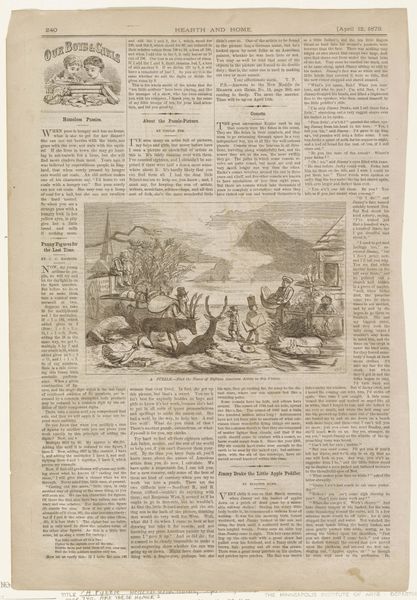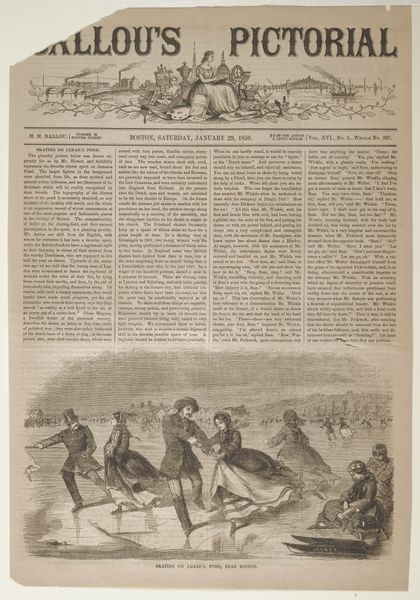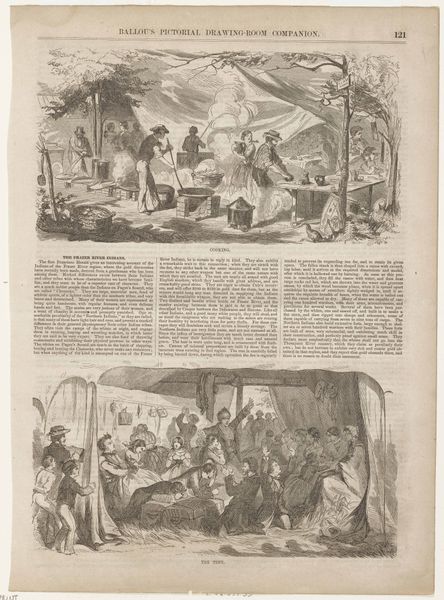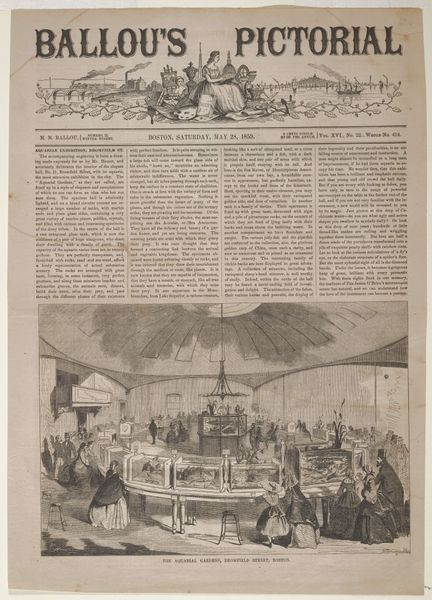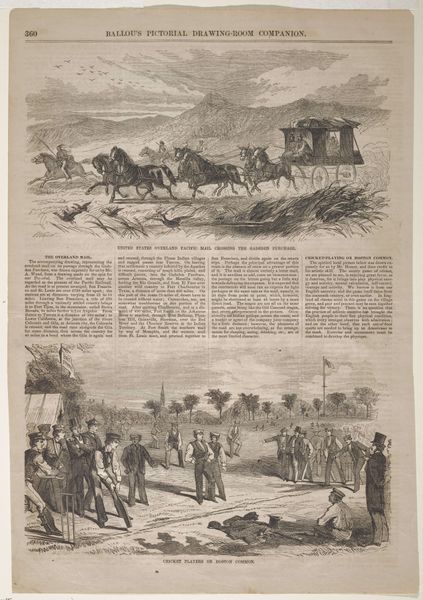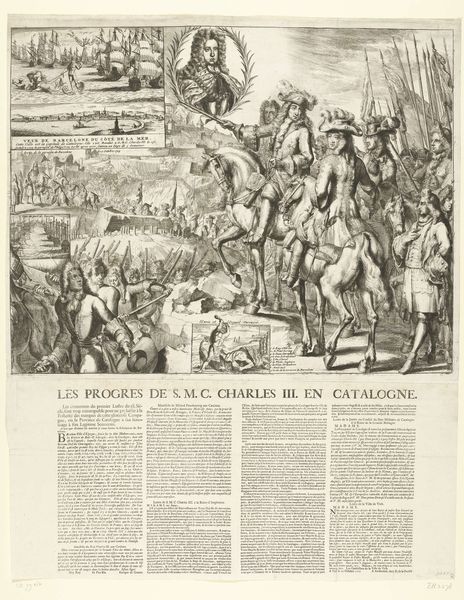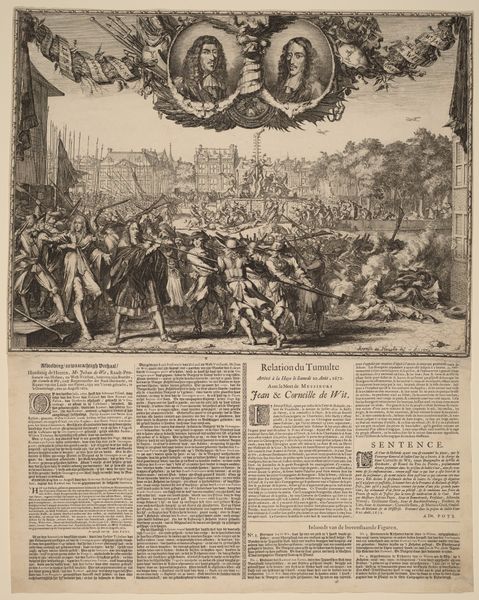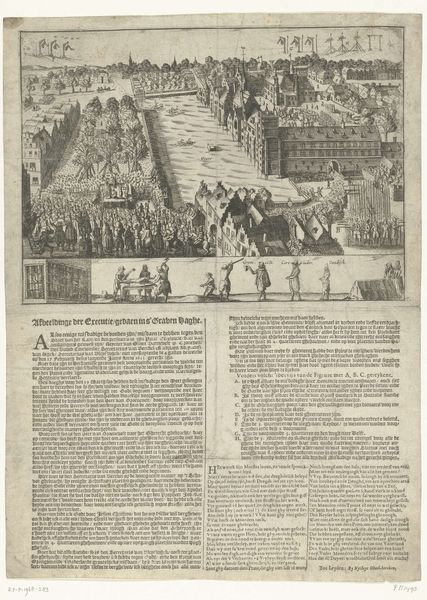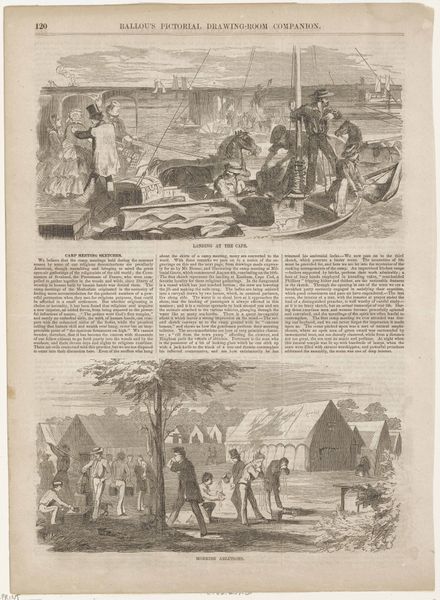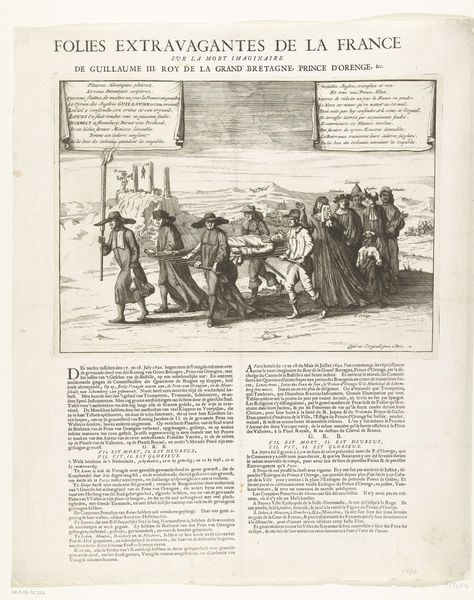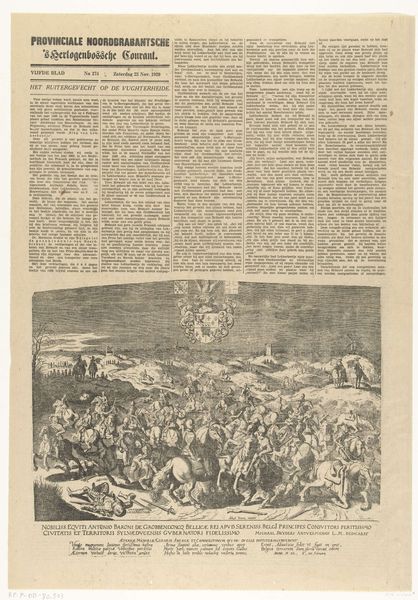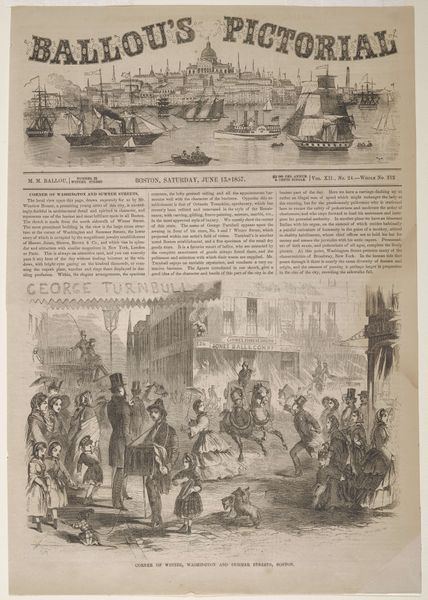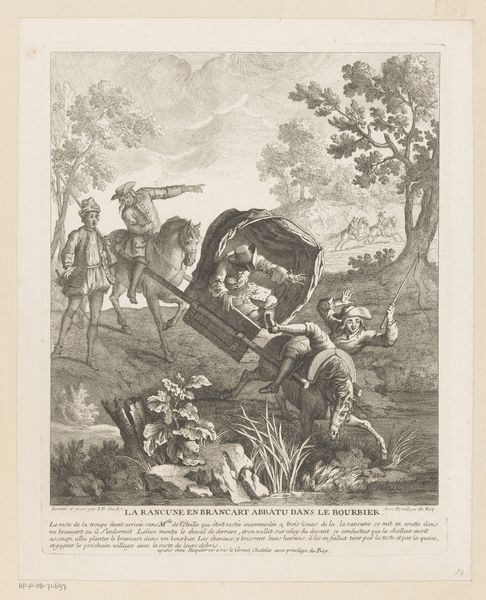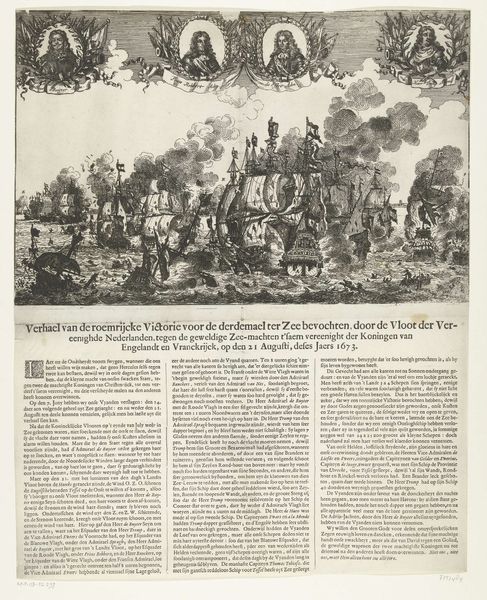
print, woodblock-print, woodcut, wood-engraving, engraving
#
narrative-art
# print
#
woodblock-print
#
woodcut
#
united-states
#
genre-painting
#
wood-engraving
#
engraving
Dimensions: 5 7/16 x 9 1/2 in. (13.8 x 24.1 cm)
Copyright: Public Domain
Curator: This captivating print is titled "Fourth of July Scene," created by Winslow Homer in 1859. It offers us a fascinating glimpse into a mid-19th century celebration in the United States, held now by the Minneapolis Institute of Art. Editor: My immediate impression is one of controlled chaos. The high contrast between light and dark created by the wood engraving adds to the sense of frenetic energy, doesn't it? There's a real dynamism in the composition, even with the relatively limited tonal range. Curator: Absolutely. Homer was working within the conventions of commercial illustration, creating images for publications like *Ballou's Pictorial.* So, in some ways, the lively quality captures the public’s patriotic fervor in an easily digestible form. It also serves as a social commentary of the time. Editor: Note how the artist balances the various groups and activities within the composition. You see small pockets of calm within the overall excitement. I am thinking of the almost triangular shape formed by the seated figures on the right with the distant hills. And there is repetition of shape with the explosive star bursts and circular hats on the kids. These artistic arrangements give a sense of formal unity and bring a degree of calm to the bustling scene, a scene bursting with symbolism of the nation’s founding ideals, wouldn’t you agree? Curator: Indeed, there’s a sense of curated national identity on display here, perhaps even idealized to bolster unity, at a time when that unity was seriously challenged leading up to the Civil War. This particular visual celebration provided reassurance and collective identity. Editor: Well, whether intentional or not, Homer certainly provides an engaging snapshot of that moment in time, captured within a carefully organized space, and a scene of complex geometries and interesting repetition. It serves almost as a metaphor for the structured freedom. Curator: The layers here invite so many further investigations, with socio-political readings, this glimpse offers an exciting way to investigate not only artistic techniques of the era but also societal concerns of the mid-19th century America.
Comments
No comments
Be the first to comment and join the conversation on the ultimate creative platform.
